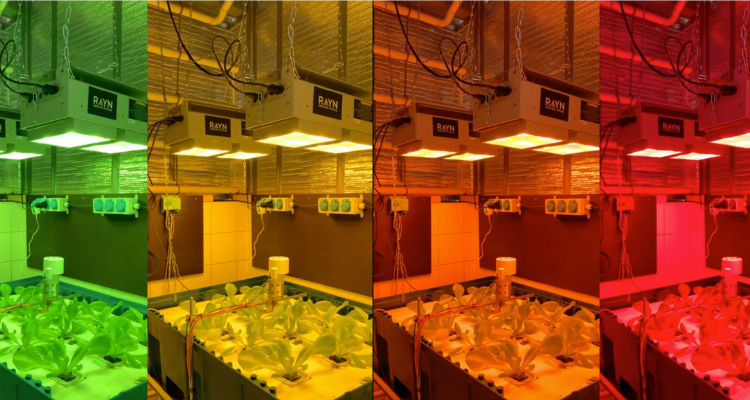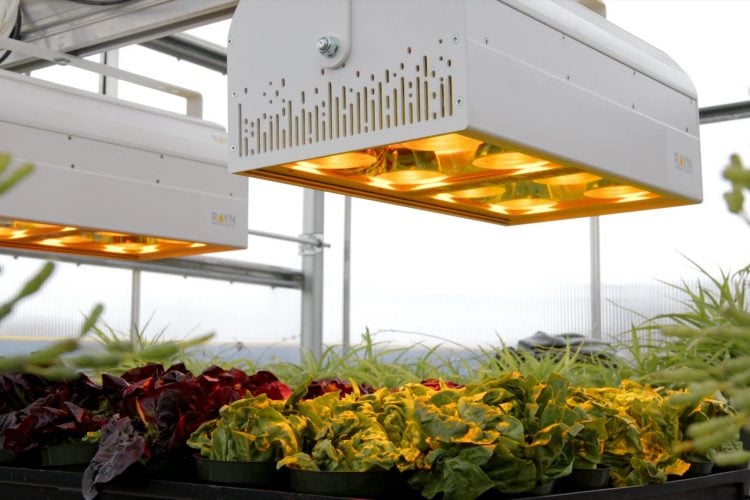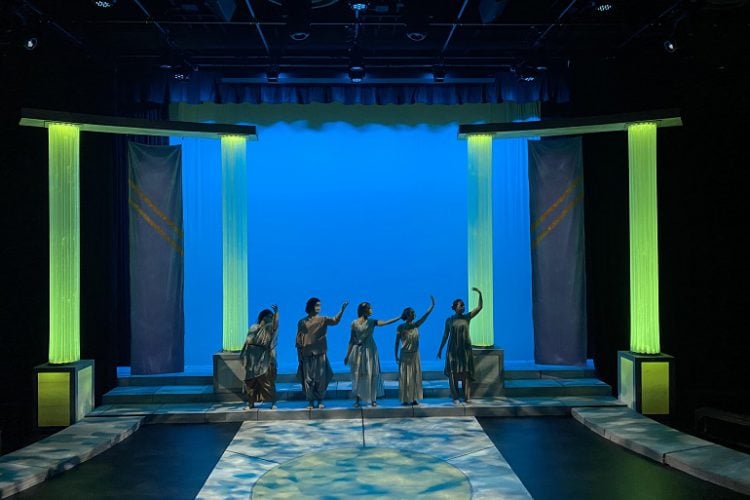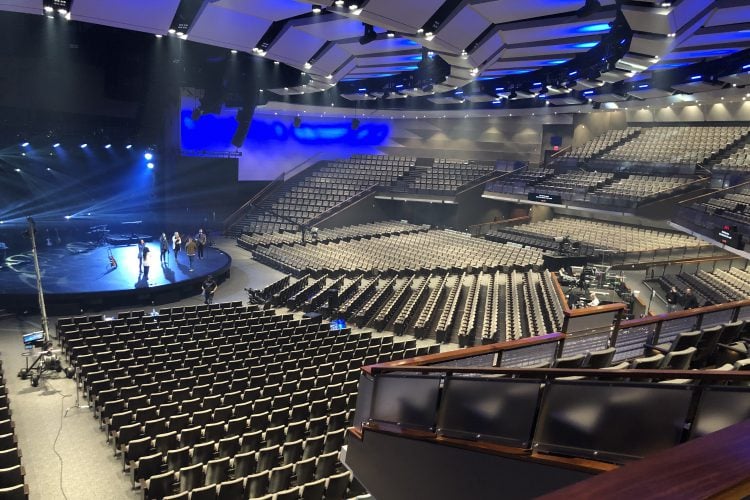Professor Kathy Steppe from the Faculty of Bioscience Engineering at Ghent University conducts light research focusing on how light affects plant growth—and the impact of the findings could reach as far as space.
It is well known that light is necessary for plant growth. Professor Steppe’s research specifically explores how all the variables possible in artificial lighting affect the growth of plants and crops.
How color affects crops
In particular, the Agrotopia Chair at Ghent University is conducting light research on the application of new LED technology in high-tech, professional and vertical urban horticulture. They are asking questions such as: How can growers make optimal use of artificial light? Which colors from the spectrum affect growth and quality of crops and which are the best to mix?
With these findings, growers could more readily grow out-of-season crops in winter or even control the firmness and vitamin content of lettuce leaves.
While red and blue lights have traditionally been the color of choice for grow lights, Professor Steppe and her colleagues are researching a wide spectrum of color to determine effective color combinations for plant growth. With RAYN’s advanced LED solutions, Professor Steppe’s research team can select up to twelve wavelengths to research which color mixes lead to optimal crops.
Professor Steppe says, “There is such a thing as far red light: depending on how high you set it in relation to red light, you can either make a plant grow very tall (fillet) or keep it very stocky. So much is already possible, but we can gain even more knowledge.”
Baking bread on Mars
It’s also important to consider the impact greenhouse lighting has on the people who work in the facilities. Professor Steppe notes, “If you spend even a minute in one of those typical purple-lit greenhouses, you will see everything in green when you go outside. So, the impact on people is huge.”
Professor Steppe is especially cognizant of the impact grow lights have on humans in one of her projects that is aiming to be the first to bake bread on Mars. With the SpaceBakery consortium, a project supported by Flanders’ Food, Professor Steppe is working out how to grow wheat in a closed biosphere on a rocket. Beyond successfully growing the wheat, the researchers have to consider the potential stress a human being might experience if exposed to the lighting for a length of time. Striking a balance in pleasing both humans and plants is important in such extreme conditions.
Learn more about RAYN Growing Systems in this blog post or by visiting the RAYN website.
View the original article from Ghent University.






